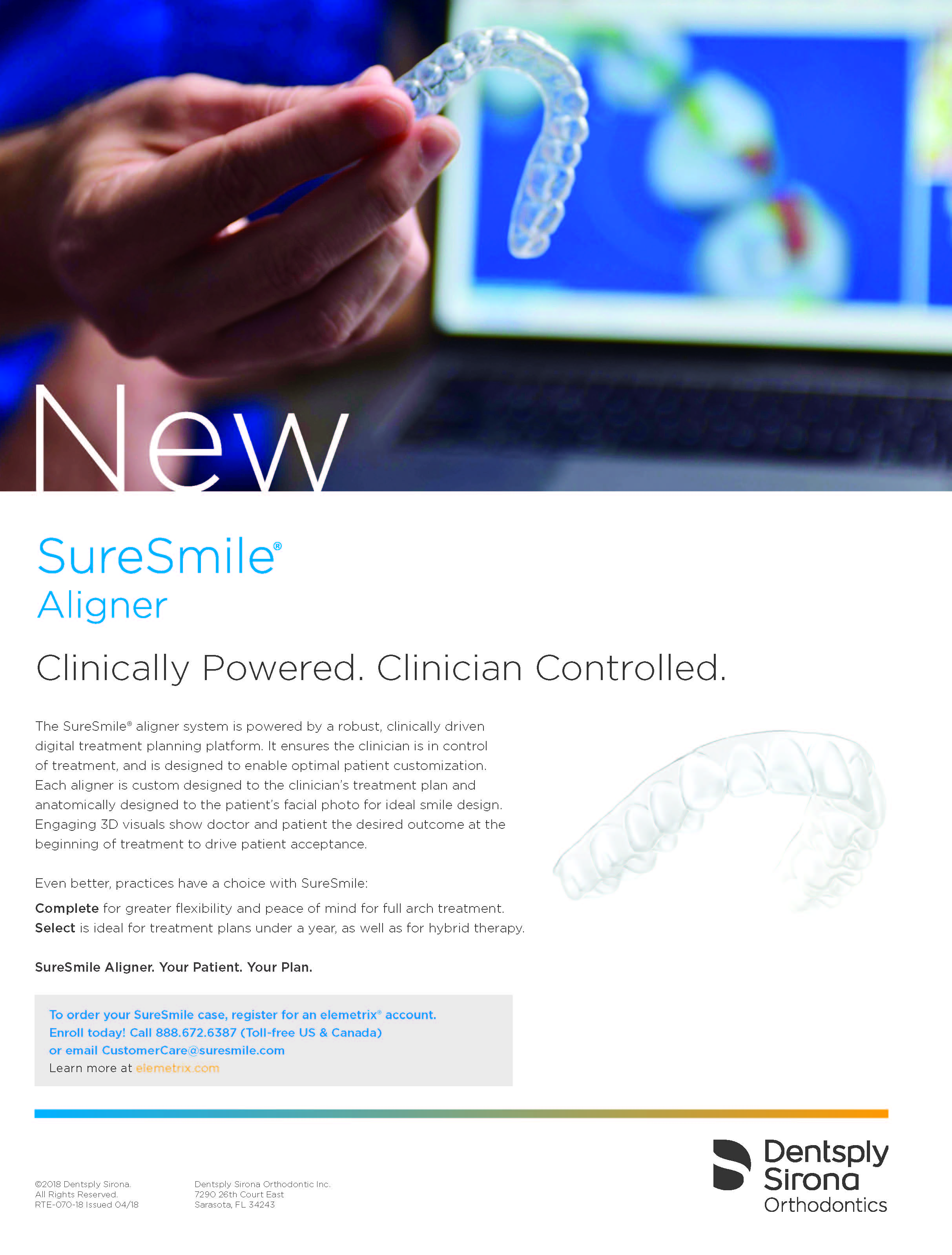Of all the causes and manifestations of malocclusion, facial asymmetry is among the most enigmatic. Although it has been estimated that as much as 85% of the general population exhibits some degree of facial asymmetry,1,2 it is clear to me, from observing a wide variety of orthodontic cases in an academic setting over more than 35 years, that nowhere near 85% of our patients are deliberately treated for asymmetry. In fact, many—if not most—of the causes of asymmetry are simply undiagnosed in routine orthodontic therapy.
Fortunately for us, the occlusal manifestations of facial asymmetry may be at least partially resolved by the mechanics used to treat crowding, prognathism, spacing, and other more obvious causes of malocclusion. Still, in the vast majority of those cases, the final outcomes could have been much improved had the asymmetry been addressed from the outset.
The reasons why facial asymmetries may go undiagnosed and untreated are myriad. For one thing, the skin of the face and oral region can adapt to and essentially hide facial imbalance. According to one study, the skin and facial musculature are able to mask skeletal deviations of as much as 4mm.3 It would be impossible to quantify the long-term consequences of that masking, especially with regard to the health and function of the TMJs. But even the most fastidious clinical examination can overlook such subtle asymmetries.
Similar articles from the archive:
Diagnosis of facial asymmetry has come a long way since the days of a piece of floss dropped vertically from the glabella as a reference for “true vertical.” Such simplistic, two-dimensional references have seriously inhibited our realization that facial asymmetry is a three-dimensional phenomenon—actually, a four-dimensional phenomenon, when we consider that it results from an aberrant growth pattern. Today, we can take advantage of imaging techniques that make it possible to recognize and quantify facial asymmetry in all three planes of space. Cone-beam computed tomography in particular has taken our diagnosis to an entirely new level, allowing us to identify facial growth disturbances and latent facial asymmetries. Less common, single-photon emission computed tomography is able to distinguish the cessation of growth with a great degree of certainty. If growth stops on one side of the face compared to the other, the inevitable outcome is facial asymmetry.
Treatment of asymmetry is as diverse as our diagnostic procedures. Techniques can range from something as simple as selective unilateral extrusion or intrusion of teeth to something as complex as orthognathic surgery. The more complicated treatments almost always require a multidisciplinary approach involving orthodontists, oral and maxillofacial surgeons, general dentists, and more. Given the complexity of diagnosis and treatment, it can be difficult for a single practitioner to control what may seem to be organized chaos. In this issue of JCO, an international team of authors including Drs. Sireesha Veeranki, Jae Hyun Park, Dawn Pruzansky, Masato Takagi, and Kiyoshi Tai present an excellent overview of the current state of the science regarding the diagnosis and treatment of this multifactorial craniofacial disorder. Their article goes a long way toward bringing order to the perceived chaos of facial asymmetry.
RGK
Editor’s Note: This issue of JCO carries the dateline June-July 2018 to catch up with the calendar. Because of publishing and mailing delays, our issues have gradually fallen about a month behind the time when we would like them to arrive in your mailbox. Every subscriber has automatically had a month added to his or her expiration date, so that you will still receive the same number of issues for which you originally subscribed. No action is needed on your part; your next issue will be August 2018.


